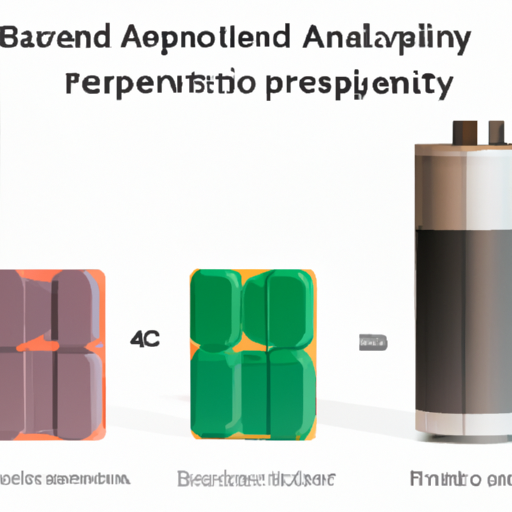Application Development in Non-Rechargeable (Primary) Batteries for BR2020: Key Technologies and Success Stories
The BR2020 battery, a type of lithium primary battery, has become a staple in various electronic applications due to its compact size, high energy density, and long shelf life. The development of non-rechargeable batteries like the BR2020 has been driven by advancements in technology and a growing demand across multiple sectors. Below, we explore key technologies and notable success stories associated with the BR2020 battery.
Key Technologies
| 1. Lithium Chemistry | |
| 2. Microcell Technology | |
| 3. Battery Management Systems (BMS) | |
| 4. Enhanced Safety Features | |
| 5. Environmental Considerations | |
| 1. Medical Devices | |
| 2. Consumer Electronics | |
| 3. IoT Devices | |
| 4. Security Systems | |
| 5. Automotive Applications | |
Success Stories
Conclusion

The BR2020 non-rechargeable battery represents significant advancements in battery technology, meeting the evolving demands of various industries. With ongoing innovations in materials, safety, and environmental sustainability, primary batteries are poised to continue playing a crucial role in powering a diverse array of devices. As technology progresses, the applications for BR2020 and similar batteries are expected to expand, further solidifying their importance in modern electronics and contributing to a more sustainable future.
Application Development in Non-Rechargeable (Primary) Batteries for BR2020: Key Technologies and Success Stories
The BR2020 battery, a type of lithium primary battery, has become a staple in various electronic applications due to its compact size, high energy density, and long shelf life. The development of non-rechargeable batteries like the BR2020 has been driven by advancements in technology and a growing demand across multiple sectors. Below, we explore key technologies and notable success stories associated with the BR2020 battery.
Key Technologies
| 1. Lithium Chemistry | |
| 2. Microcell Technology | |
| 3. Battery Management Systems (BMS) | |
| 4. Enhanced Safety Features | |
| 5. Environmental Considerations | |
| 1. Medical Devices | |
| 2. Consumer Electronics | |
| 3. IoT Devices | |
| 4. Security Systems | |
| 5. Automotive Applications | |
Success Stories
Conclusion

The BR2020 non-rechargeable battery represents significant advancements in battery technology, meeting the evolving demands of various industries. With ongoing innovations in materials, safety, and environmental sustainability, primary batteries are poised to continue playing a crucial role in powering a diverse array of devices. As technology progresses, the applications for BR2020 and similar batteries are expected to expand, further solidifying their importance in modern electronics and contributing to a more sustainable future.













